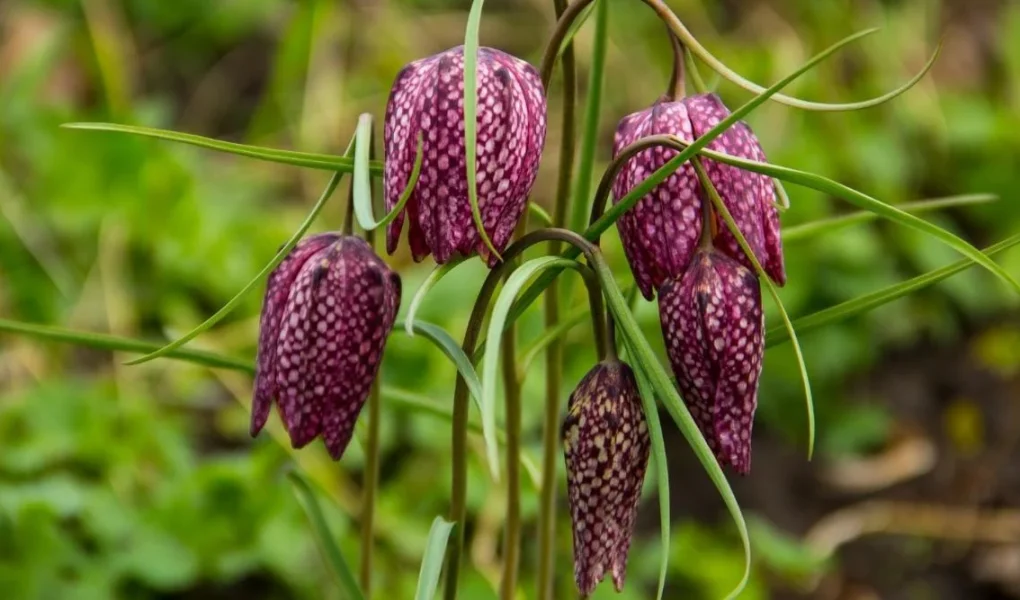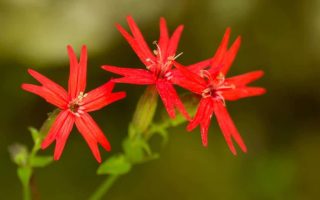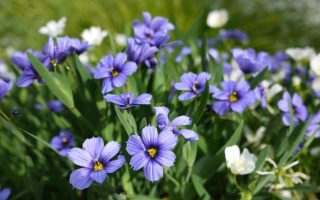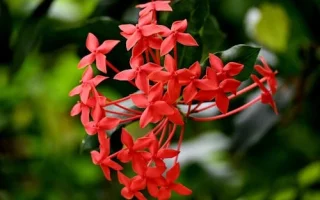ist-pasion.com – The Checkered Lily (Fritillaria meleagris), also known as the Snake’s Head Fritillary or Guinea Hen Flower, is a captivating perennial that draws gardeners in with its striking appearance and delicate charm. Known for its unique, checkered-patterned petals and graceful nodding blooms, this flower is a favorite among those looking to add an element of mystery and beauty to their spring gardens. Native to Europe and parts of Asia, Checkered Lilies are ideal for cool, temperate climates and thrive in moist, well-drained soil.
Botanical Description
Checkered Lilies are characterized by their distinctive, drooping flowers that feature a checkered or chessboard-like pattern on their petals. The flowers come in shades of purple, deep red, and sometimes white, with darker markings forming the checkered effect. The blooms are typically around 1 to 2 inches in diameter and are borne on tall, slender stems that can reach up to 18 inches in height. Each stem typically supports one to three flowers, which nod downward, giving the plant an elegant, almost bell-like appearance.
The leaves of the Checkered Lily are lance-shaped and dark green, providing a nice contrast to the patterned flowers. The plant blooms in early to mid-spring, often appearing alongside other early spring bulbs like crocuses and daffodils.
Habitat and Growth Conditions
Checkered Lilies are native to wet meadows, woodland clearings, and grassy areas of Europe and Asia, which gives them a preference for moist, cool environments. They thrive in USDA zones 4 to 9 and are best suited for gardens with well-drained but moisture-retentive soil. These plants appreciate partial shade to full sun but are particularly well-suited for areas where they can receive some afternoon shade, especially in warmer climates.
These lilies grow well in a variety of soils, including loamy or clay soils, but they do require good drainage to prevent waterlogging, which can lead to bulb rot. When planting Checkered Lilies, it is crucial to provide enough space for the bulbs to develop and for their graceful blooms to stand out.
Ecological Importance
While not as widely known for attracting pollinators as other garden flowers, Checkered Lilies are still a valuable addition to a pollinator-friendly garden. Their nectar-rich flowers attract early-season bees, particularly solitary bees, which are essential for pollination in the garden ecosystem. Their subtle yet lovely blooms can provide an early source of nectar when many other plants are still dormant.
Additionally, Checkered Lilies are known to thrive in wetland areas and moist meadows, contributing to the stabilization of soil and helping to improve the health of these ecosystems. By planting them near water features or in rain gardens, gardeners can enhance the biodiversity of their landscapes.
Cultivation and Care
Growing Checkered Lilies is relatively straightforward, though they do have specific needs to ensure healthy growth and successful blooming. They are typically grown from bulbs, which should be planted in the fall, about 4 to 6 inches deep, with the pointed ends facing upward. When planting, make sure the bulbs are spaced about 6 to 8 inches apart to allow for proper air circulation and growth.
Checkered Lilies prefer consistently moist soil, especially during the growing season, but they do not like to sit in stagnant water. Providing a layer of mulch around the base of the plant can help retain moisture and keep the soil cool, particularly during hot summer months.
Water the plants regularly, ensuring that the soil remains moist but not waterlogged. After blooming, the flowers should be left to fade naturally, as this allows the plant to store energy in the bulbs for the next season. Once the foliage has died back in late spring or early summer, you can remove it to tidy up the garden.
Fertilizing Checkered Lilies is generally unnecessary, but applying a slow-release, balanced fertilizer in the fall can help give the bulbs a good start for the following spring. Be cautious about over-fertilizing, as this can lead to excessive foliage growth at the expense of blooms.
Ornamental Uses
Checkered Lilies make a unique addition to any garden, whether planted in beds, borders, or containers. Their distinctive appearance adds an element of surprise and elegance, particularly in cottage gardens or naturalized landscapes. They pair beautifully with other early-blooming flowers like crocuses, primroses, and tulips, where their checkerboard-patterned petals can create a striking visual contrast.
They are also well-suited for planting near water features, such as ponds or streams, where their moisture-loving nature is appreciated. In mixed perennial gardens, their understated beauty can be showcased among other spring-blooming flowers, while in woodland gardens, they provide a gentle pop of color in shaded areas.
Due to their somewhat unusual appearance, Checkered Lilies also make excellent cut flowers for floral arrangements, adding a whimsical touch to spring bouquets. Their nodding blooms can lend a delicate and refined aesthetic to any vase.
Conclusion
The Checkered Lily is a flower that stands out for its unique beauty, charming nodding blooms, and understated elegance. With its checkered-patterned petals and graceful growth habit, it adds a touch of mystique and refinement to spring gardens. Whether planted in a moist meadow, along a water feature, or in a cottage garden, Checkered Lilies offer gardeners a distinctive and captivating plant that thrives in cooler, temperate climates.




